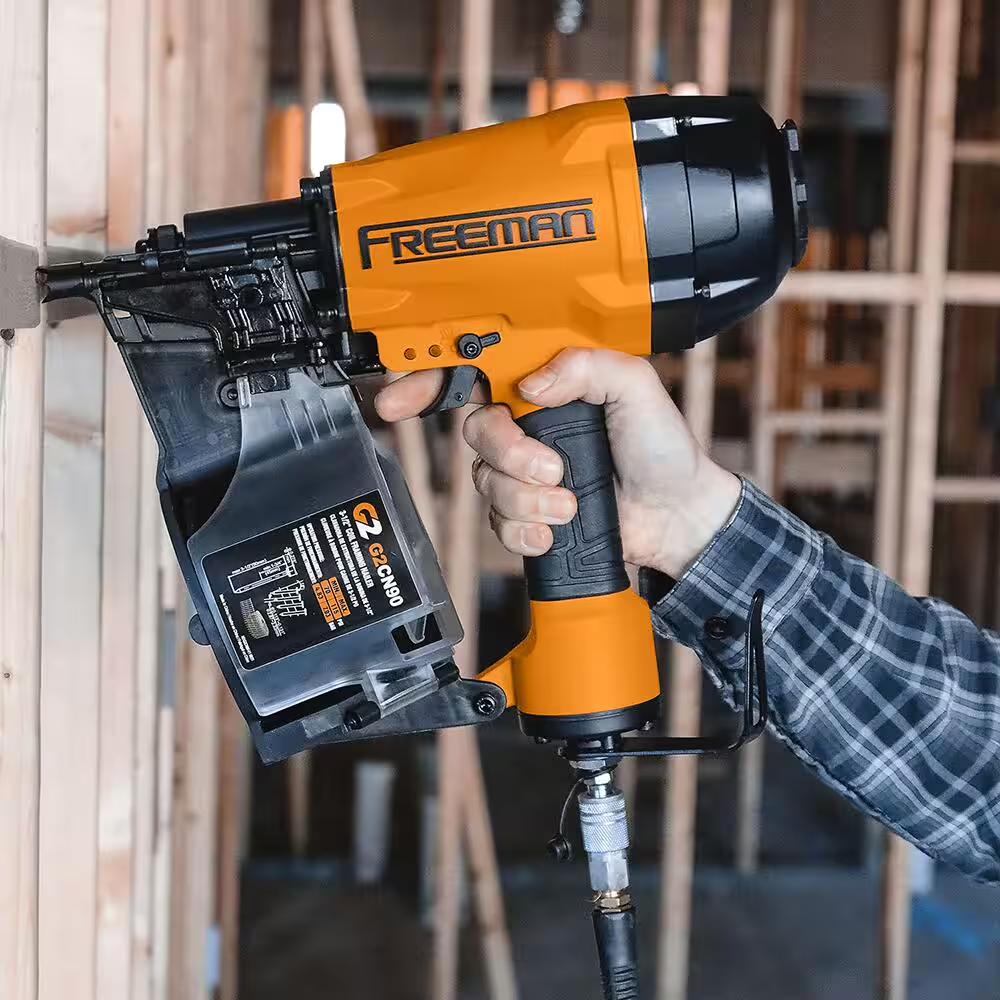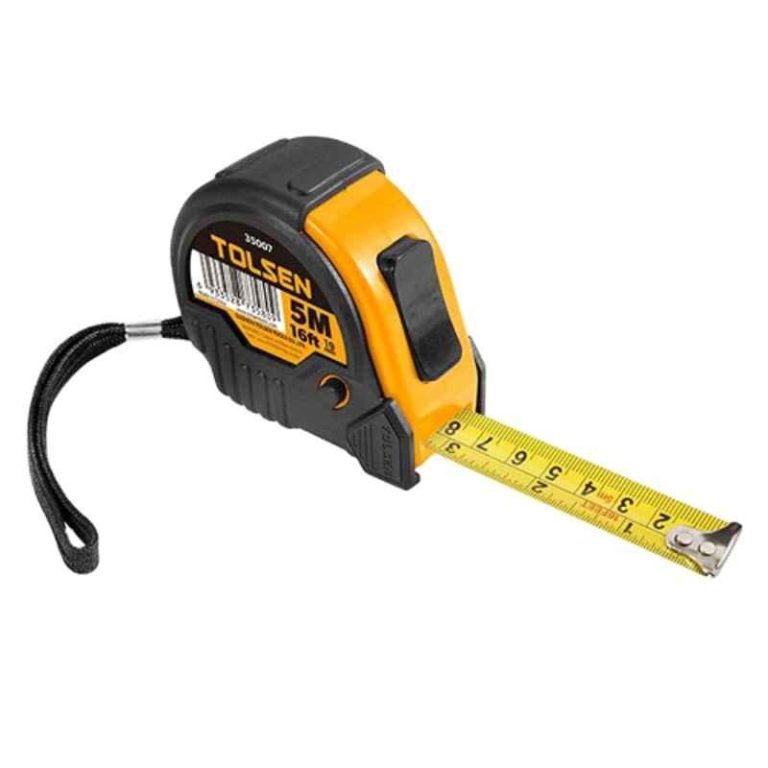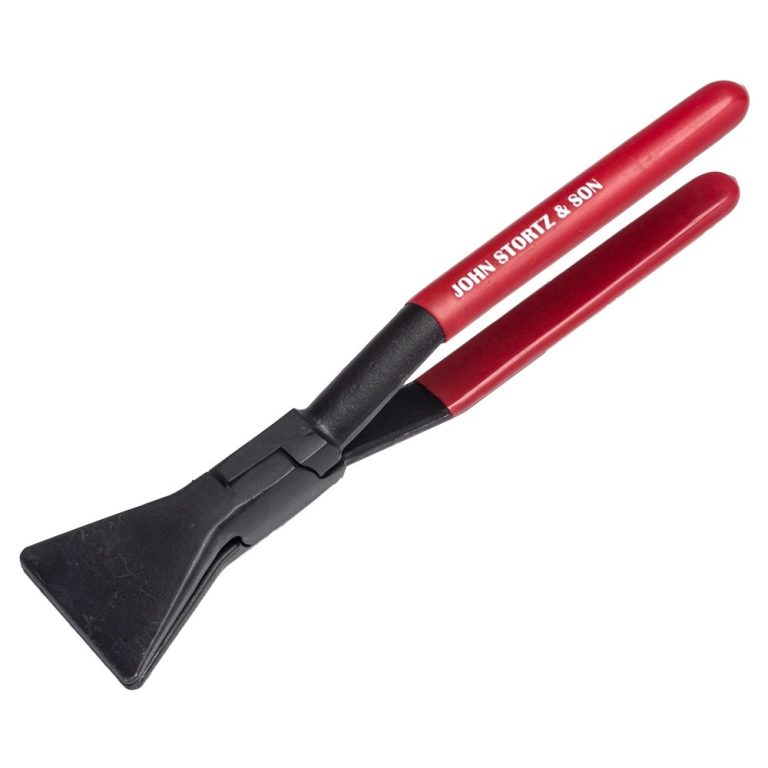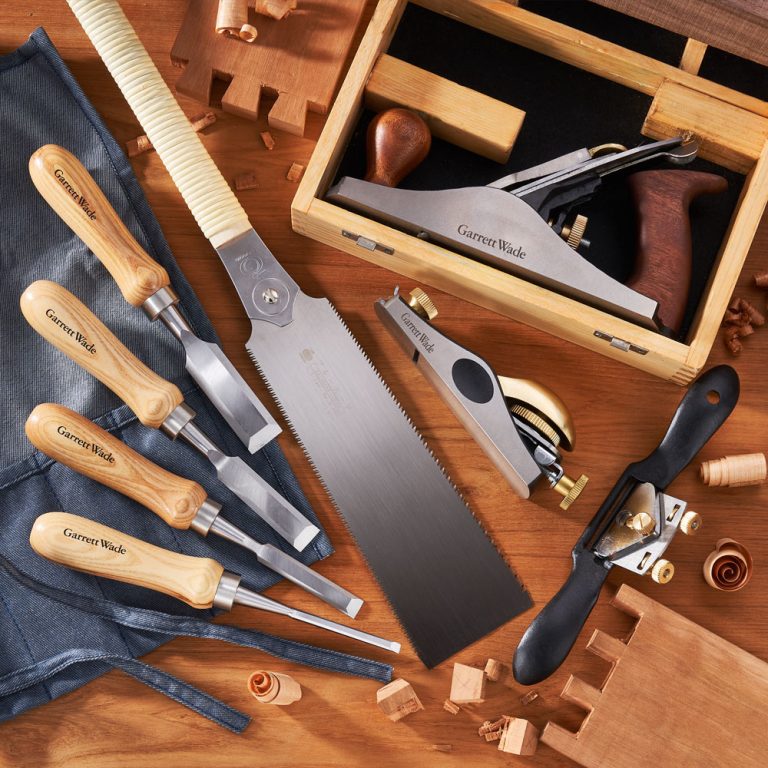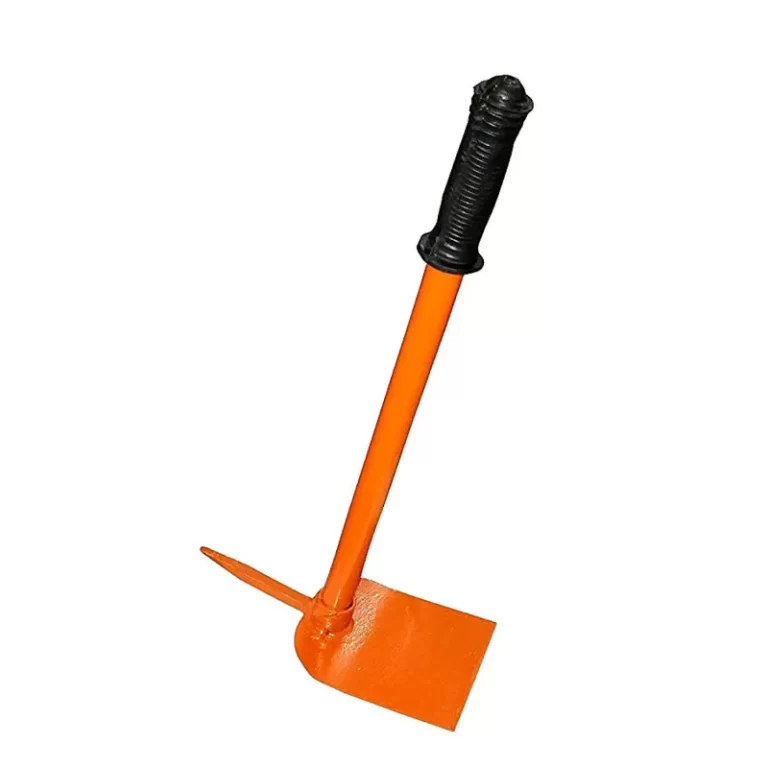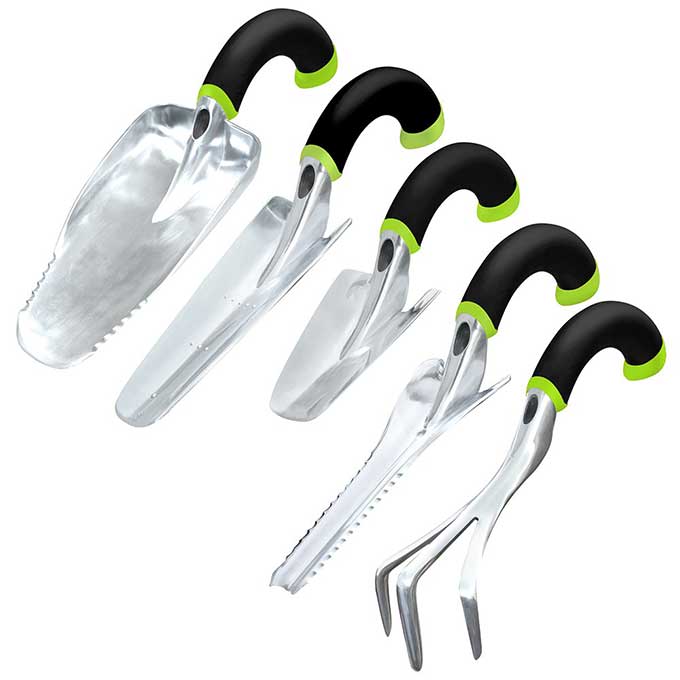In construction and home improvement projects, accuracy is essential. Using level tools ensures your work is precise and visually appealing. Among the most commonly used tools are spirit levels and laser levels. These level tools assist you in achieving perfect horizontal and vertical alignments for a variety of tasks. This comprehensive guide will explore both types of level tools, their features, advantages, and practical tips for effective use.
Understanding the Importance of Level Tools
What Are Level Tools?
Level tools are devices designed to determine whether a surface is horizontal or vertical. They are essential for various jobs, including hanging pictures, installing cabinets, flooring, and even building structures. Without proper leveling, projects can become skewed, leading to inefficiencies and potentially costly mistakes. By ensuring that structures and elements are straight and level, these tools help achieve the intended design and functionality of your projects.
For many DIY enthusiasts and professionals alike, level tools offer a blend of practicality and simplicity. No matter how small or large the job may be, having an accurate leveling tool is critical to achieving the best outcome. Think of level tools as the foundation of your work; they ensure everything built upon them aligns correctly.
The Importance of Accurate Measurements
Using level tools significantly improves your work’s accuracy. In any construction or installation project, a level measurement ensures that everything is properly aligned. This alignment is essential not only for aesthetics but also for the structural integrity of a build. For instance, a slightly sloped countertop may not just look bad; it can hinder proper drainage, leading to water pooling or spilling.
Additionally, accurate measurements can prevent future issues. For instance, uneven flooring can cause problems when installing cabinets or appliances. A level tool helps you avoid such complications, ensuring that every step of your project builds upon a solid and straight foundation.

Spirit Levels
1. Understanding Spirit Levels
A spirit level, often called a bubble level, is a simple yet effective tool for determining if a surface is perfectly flat. It consists of a sealed vial filled with a liquid and an air bubble. The vial has two lines marked on it, and when the bubble is centered between these lines, the surface is level. Spirit levels are versatile and available in various lengths ranging from small pocket levels to larger construction levels.
This tool is widely used in carpentry, masonry, and other construction fields. It can be relied upon for tasks ranging from hanging pictures to ensuring that walls are straight before finishing a room. Their straightforward design contributes to their reliability, making them an excellent choice for quick checks and everyday use.
2. Types of Spirit Levels
Several types of spirit levels cater to different needs and preferences. The most common include:
- Standard Spirit Level: This level features one or more vials. It is typically made of wood, aluminum, or plastic and comes in various lengths for different tasks.
- Torpedo Level: A compact, portable option ideal for tight spaces. These often come with built-in magnetic strips to attach to metal surfaces.
- Line Level: This tool uses a string line to mark level points. It is commonly used for outdoor projects, such as leveling fence posts.
- Laser Level: A more advanced tool that projects a beam of light to create a level reference line over larger distances.
Each spirit level type serves different functions, making it essential to select one that aligns with your specific project requirements. Understanding the various options available will help you choose the right spirit level for your needs.
3. Advantages of Spirit Levels
One of the primary benefits of spirit levels is their simplicity and effectiveness. They do not require batteries or complicated setups, making them easy to use for anyone. Users can quickly check alignment without needing any additional tools.
Moreover, spirit levels are highly portable. Their lightweight and durable nature allows for easy handling during any project. Many spirit levels are designed to withstand rough treatment, ensuring they remain reliable even in demanding environments.
In addition, spirit levels provide an immediate visual reference for accuracy. This means you can quickly see if a surface is level and make necessary adjustments right away. The user-friendly design and straightforward functionality make spirit levels indispensable tools in both DIY projects and professional applications.
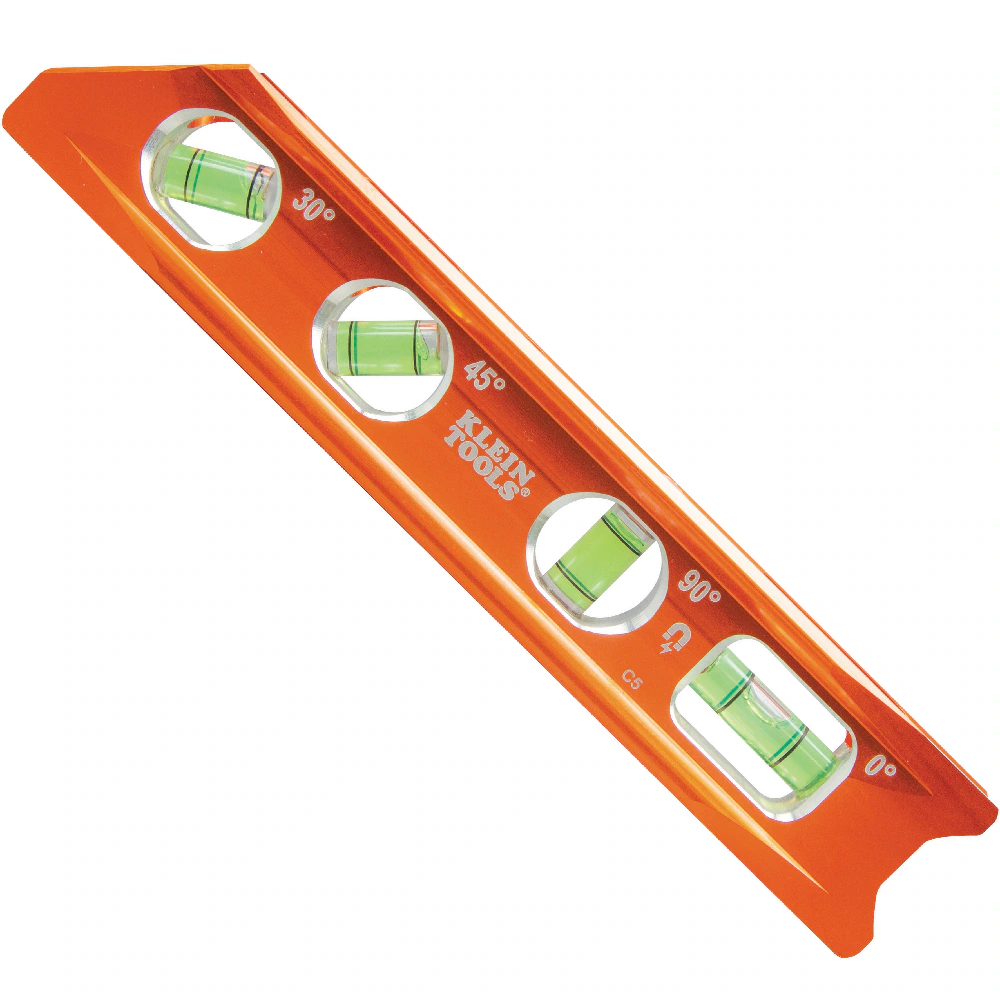
Laser Levels
4. Understanding Laser Levels
Laser levels project a precise beam of light to indicate level lines across surfaces, providing an efficient way to ensure accuracy. The most common types include rotary laser levels and line laser levels. For example, a rotary laser level can project a level line around a 360-degree area, making it invaluable for larger projects like grading and excavation work.
Laser levels can be used indoors and outdoors, offering versatility for various tasks. They are particularly helpful for tasks requiring more extensive measurements, such as installing shelves, cabinets, and flooring. This tool enhances accuracy and efficiency, reducing the time spent on adjustments.
5. Types of Laser Levels
There are several types of laser levels available, catering to different preferences and applications:
- Rotary Laser Level: This type rotates a laser beam to create a level reference across a large area. Ideal for construction sites, it can project both horizontal and vertical lines with precision.
- Line Laser Level: Projects a single horizontal or vertical line, perfect for smaller projects like hanging pictures or aligning tiles. These are often compact and easy to transport.
- Dot Laser Level: Projects multiple dots at specific distances, useful for layout tasks. It’s excellent for ensuring that features like ceilings or walls are level and aligned.
Understanding the different types of laser levels will help you select one that fits your project’s requirements. Each style has its strengths and best uses, so it’s wise to consider these factors when making your choice.
6. Advantages of Laser Levels
Laser levels provide numerous advantages in construction and DIY projects. First, they offer high precision, allowing users to achieve a level reference across large distances. The visibility of the laser beam often makes it easier to line up elements accurately compared to traditional methods.
Moreover, many laser levels come with self-leveling features, reducing the setup time and ensuring that your readings are accurate. These features make laser levels particularly beneficial when working on larger installations, where maintaining a consistent level is crucial for success.
Ultimately, laser levels can greatly enhance productivity on the job. By projecting a clear indication of level or plumb, laser levels reduce the amount of time spent in adjustments and corrections, leading to more efficient workflow and better results.
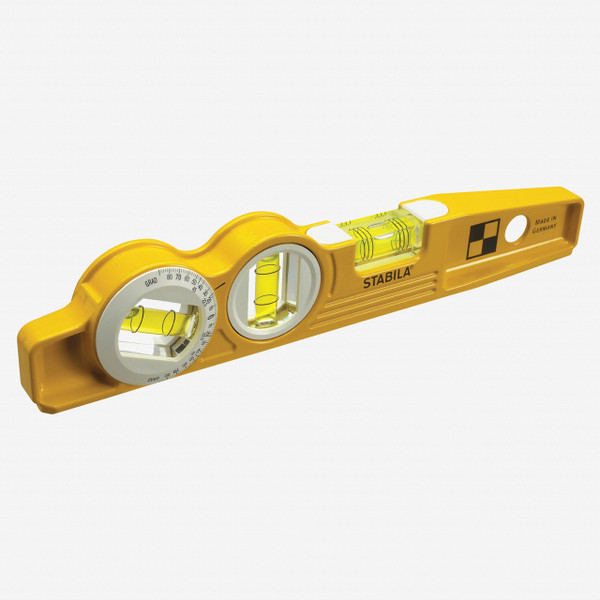
How to Choose the Right Level Tool
7. Assessing Your Needs
When selecting a leveling tool, it is essential to determine your specific needs. Consider the types of projects you typically undertake, as this will help you identify whether a spirit level or a laser level would be more appropriate for your work. For smaller, everyday tasks, a spirit level may suffice.
However, if you frequently work on larger projects that require precise measurements over extended areas, consider investing in a laser level. Evaluate the specific features that you will find useful, including the range of the tool, the type of readings required, and any additional functionalities you may desire.
8. Budget Considerations
Your budget plays a vital role in determining which level tools you can purchase. Spirit levels are generally more affordable, making them an excellent option for budget-conscious DIY enthusiasts. They are effective for basic tasks, allowing users to achieve essential accuracy without significant investment.
On the other hand, laser levels vary in price based on features and capabilities. While it may be tempting to opt for a lower-cost option, it’s important to consider the longevity and performance of the tool. Investing in a higher-quality laser level can yield better results in the long run, especially if you frequently engage in leveling tasks.
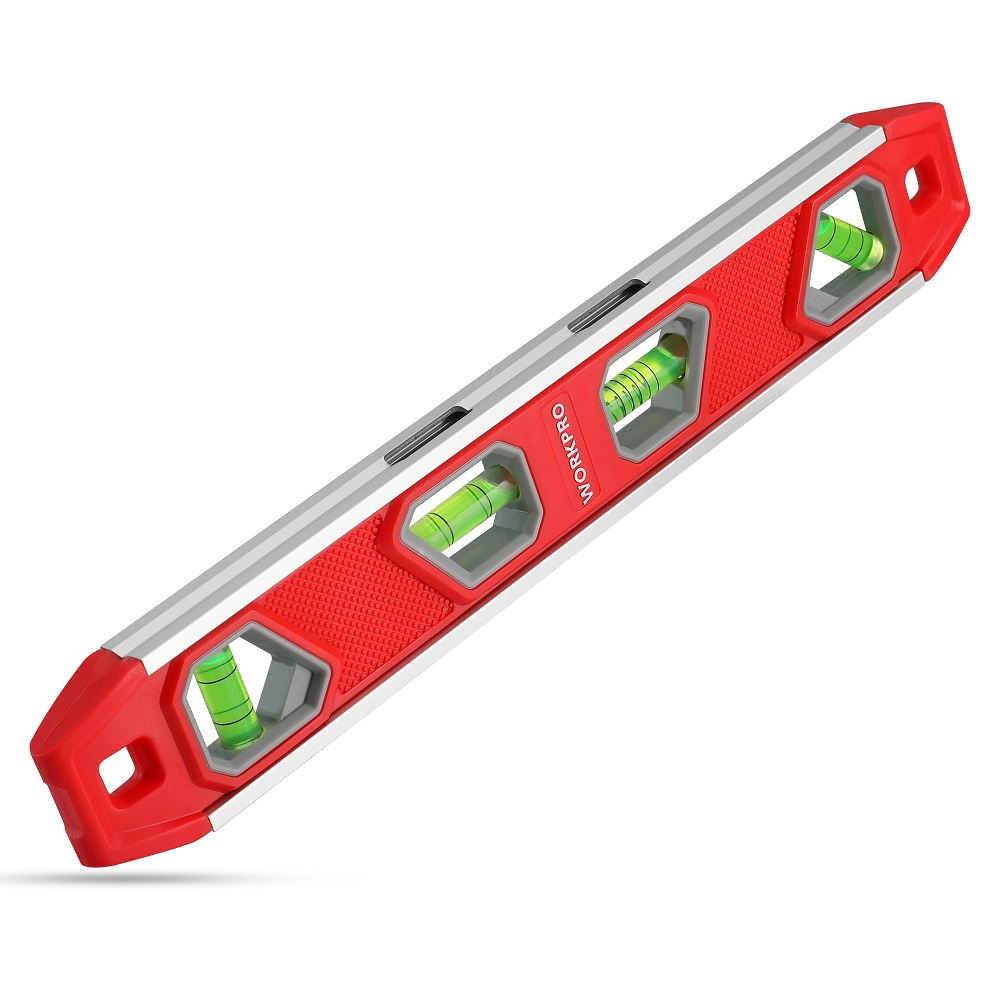
Maintaining Your Level Tools
9. Regular Calibration
Proper maintenance is crucial for ensuring that your level tools remain accurate and functional over time. For laser levels, regular calibration is essential. If your tool loses its alignment, it may result in inaccurate readings.
Many laser levels come with built-in features that facilitate easy calibration. Periodically check the tool’s accuracy by setting it up and seeing if the laser aligns with a known level reference. Addressing any calibration issues promptly will help ensure your tool continues to provide reliable results.
10. Cleaning and Inspection
Cleaning your level tools regularly can contribute to their longevity and functionality. Dust and grime can accumulate on the surfaces of spirit levels and laser emitters, affecting accuracy. Gently wipe the exterior and any optical components with a soft, lint-free cloth to remove dust.
During cleaning, inspect your tools for signs of wear or damage. Check for any cracks in the casing or broken components. If you notice any issues, address them immediately to prevent further damage. Keeping your level tools in good condition ensures they perform optimally when needed.
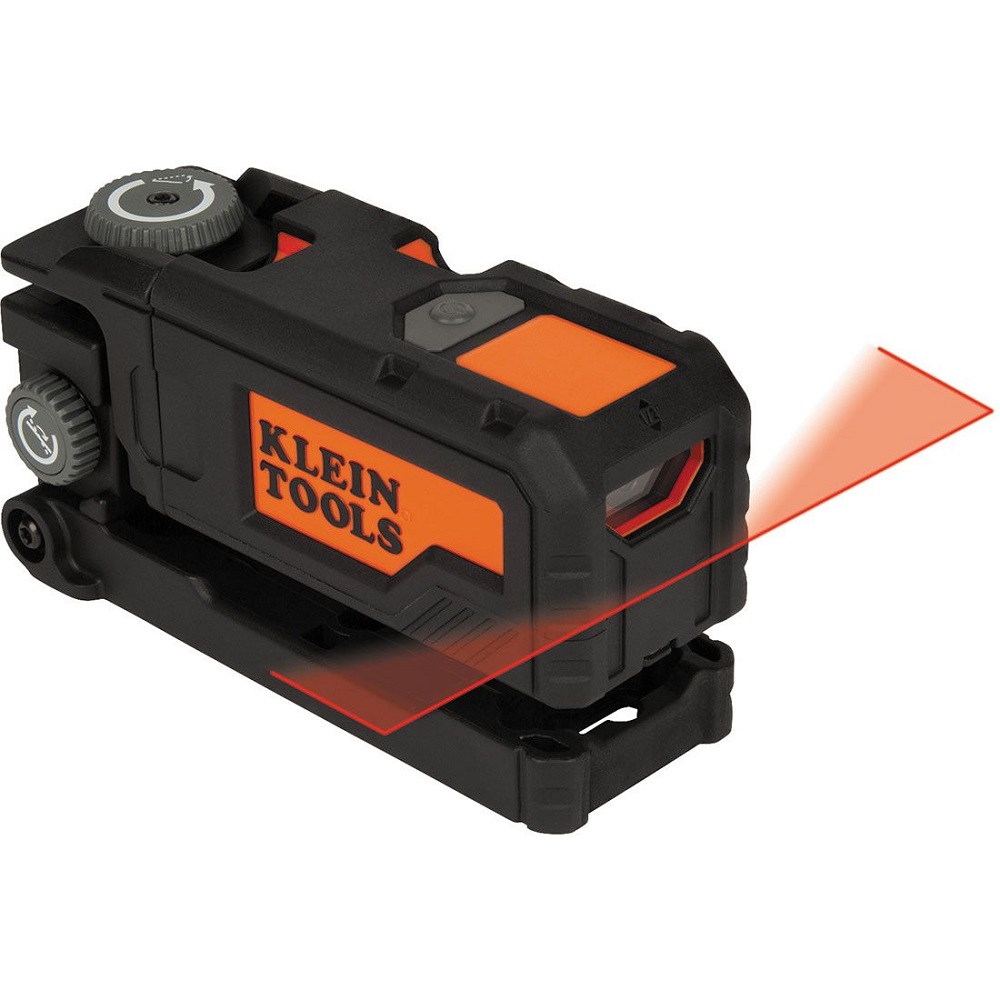
Conclusion
The Value of Accurate Leveling
In conclusion, level tools like spirit levels and laser levels are essential for achieving accuracy in construction and home improvement projects. Understanding the differences between these tools, their features, and how to select the right one based on your needs is vital for successful projects. With proper care and maintenance, your leveling tools can serve you well over time.
Embracing Precision in Your Projects
As you embark on your next project, remember to invest in quality level tools and practice proper maintenance. Doing so will lead to improved results and a greater sense of accomplishment in your work. Embrace the advantages that both types of levels offer, allowing you to tackle any task with confidence.
Whether you are a DIY enthusiast or a professional, having the right tools at your disposal is essential. By choosing the appropriate level tool, maintaining it properly, and understanding its functionality, you can enhance your efficiency and achieve exceptional results. Enjoy every project with the confidence that comes from using reliable and accurate leveling tools. Happy leveling!

